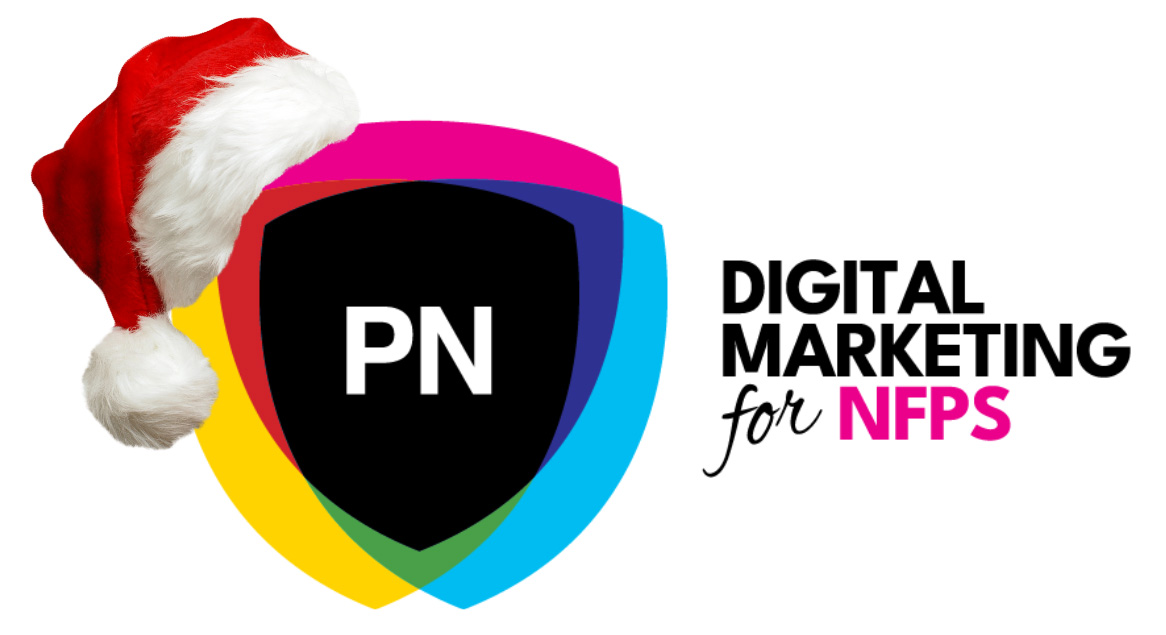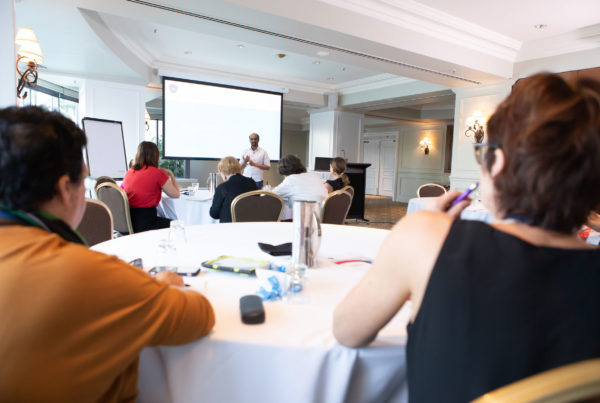Search Engine Optimisation Tips that *literally* Anyone Can Implement
Search Engine Optimsation sounds scary but a lot of it is actually super simple stuff! Yes, the finer details like server speed or link building can start to get a bit fiddly, but a lot of the major factors that count towards a webpage’s ranking in Google are actually to do with the way the content is written and formatted. And they can all be done on-page by you!
What is SEO?
SEO stands for Search Engine Optimisation; it describes the process of tweaking, formatting and styling your website and website content in a manner that Google’s search engine algorithms find favorable. The ultimate goal of SEO is to make the pages of your website rank on the first page of Google for as many relevant terms as possible. You’ll find more detailed info about SEO on every university students’ favourite website, Wikipedia.
 How Do I Make My Website Dominate
How Do I Make My Website Dominate The World Google
On-page optimisation should be done on a page-by-page basis; ideally, you’d have a content page (or blog article) dedicated to each different keyword/phrase that you wanted to target, and the content on that page would solely discuss that topic/keyword. For example, if you want to rank #1 for the keyphrase “Green Kittens Wearing Shoes”, you’ll need to have a page on your website that is dedicated to discussing the topic of green kittens wearing shoes.
Here are six super-simple things you can do on your website pages to improve their chances of ranking in Google:
- Duplicate Content: Don’t Do It
Duplicate content is any content you have anywhere on your website that can be found somewhere else on the internet. Google WILL NOT rank the same piece of content twice – so if you grab two paragraphs off another website (even if you have permission to do so) and stick them on to your website, you will never out-rank the original version of the content. Google is an intelligent lady and she can tell who the original publisher of the content was (its all in the time stamps baby), and they will be the one who ranks. Furthermore, if you consistently *borrow* content from other sources instead of creating new and original content, you may even find that Google starts to ignore you completely (aka ‘Blacklist’ you). So the moral of this story? Write your own, new, fresh, unique content. - Titles and Headings: Use Them
Use the pre-formatted heading options to format your document so that it is easier for Google (and users) to read; rather than one big block of text, break it up using headings, sub-headings, sub-sub-headings, sub-sub-sub-headings and so forth. The main heading for your website should be formatted using ‘Heading 1’, and then contain 2 or 3 sub-headings formatted with ‘Heading 2’. FYI, if you need a reference point, the article you are reading right now has been formatted in this manner. - Alt-tags: Because Google Doesn’t Have Eyes
Alt-tags, or alternative tags, are the description that you give your images so that Google knows what the picture contains. Google doesn’t have peepers so it can’t ‘see’ the image – so you have to tell it. Best practice is to be as descriptive as possible – rather than saying ‘mermaid’ try ‘mermaid sitting on rocks’.
*Pro Tip: If you don’t know how to add an alt tag to an image, try Googling it. For example, if your website is built using WordPress you would Google “How to add an alt-tag to an image in WordPress“. Most website platforms make it pretty easy to add alt tags. - Meta-Description: The Digital Equivalent of a 2 Minute Elevator Pitch
Your meta description is the ‘blurb’ of text that appears in your Google listing. It is pretty short – about a sentence and a half – so you have to use it wisely. It should contain a quick summary of what the content page is about & what information the user will find when they land there, and it should convince the user to choose your link over the other 9 links listed on the page. Meta-descriptions have a larger impact on click-through-rates than they do website rankings, but should still play an important role in your overall SEO strategy.
*Pro Tip: Like the alt-tags, if you don’t know how to add a meta description, I’d suggest Googling it. Most major content management systems like WordPress, Magento, Joomla etc have a quick and easy way to add meta descriptions. - Linking: Help Users Find Related Content
Use internal hyperlinks to link related content together so that it is easy for the user (and Google) to locate it. There are a a lot of ways to do this – you can add links in-text as they become relevant or if you are writing a blog post you may want to add a list of ‘related articles’ to the bottom of your post.
Google uses these links as a ‘road map’ to move from one content page on your website to the next. If you have random content pages floating around that aren’t linked to anything, then their chances of being found by Google lessen. - Word Count: Not Too Little and Not Too Much
This one is pretty obvious but yet a lot of people don’t seem to realise – if you have 3 sentences on your website that relate to your target keyword ‘Green Kittens Wearing Shoes’ and your competitor has a whole blog article related to that topic… well they are going to outrank you. #HardTruths.
If you want to rank for a particular keyword or phrase then you need to have a decent quantity of content relating to that keyword on your page.
Opinions differ significantly on this point but I’d say that 350-500 words would be a good starting point and the required minimum, but I’d also suggest typing your keyword into Google and checking out what the competition is up to.
Who Has Time For All This?
 Look, finding the time to do all this SEO stuff when you’re busy running your popular online webstore ‘Green Kittens Wearing Shoes’ can be pretty hard. That’s where PN Digital come in – we provide SEO services as part of our professional Digital Marketing service; we’ll take care of all the above AND the trickier stuff like server speed and load times, Search Console and disavow files, image file sizes and tracking keyword performance.
Look, finding the time to do all this SEO stuff when you’re busy running your popular online webstore ‘Green Kittens Wearing Shoes’ can be pretty hard. That’s where PN Digital come in – we provide SEO services as part of our professional Digital Marketing service; we’ll take care of all the above AND the trickier stuff like server speed and load times, Search Console and disavow files, image file sizes and tracking keyword performance.
If you’d like to set up a casual coffee date with Rodney* to talk all things SEO and digital marketing, get in touch on 1300 131 932. It’s our shout!
*Rodney is allergic to kittens.




